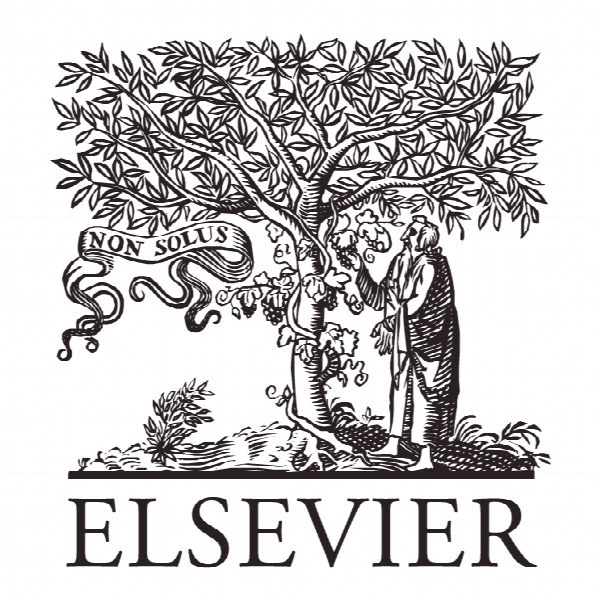اعتبار های حفاظتی – تکامل یک رویکرد بازار محور برای احیای گونه های نگران کننده در زمین های خصوصی Conservation Credits—Evolution of a Market-Oriented Approach to Recovery of Species of Concern on Private Land
- نوع فایل : کتاب
- زبان : انگلیسی
- ناشر : Elsevier
- چاپ و سال / کشور: 2017
توضیحات
رشته های مرتبط اقتصاد
گرایش های مرتبط اقتصاد پولی و اقتصاد مالی
مجله مدیریت و اکولوژی مرتع – Rangeland Ecology & Management
دانشگاه Department of Ecosystem Science & Management, Texas A&M University, USA
نشریه نشریه الزویر
گرایش های مرتبط اقتصاد پولی و اقتصاد مالی
مجله مدیریت و اکولوژی مرتع – Rangeland Ecology & Management
دانشگاه Department of Ecosystem Science & Management, Texas A&M University, USA
نشریه نشریه الزویر
Description
Introduction Biodiversity conservation in states such as Texas, where land is primarily privately owned, depends on the protection of wildlife habitats from deleterious land use change. This is especially critical for threatened and endangered species that occur mainly on private land. One increasingly common approach used to protect open landscapes from development is the selling or granting of a conservation easement by landowners (Rissman et al., 2007; Stroman and Kreuter, 2014, 2015). By selling or granting conservation easements, landowners voluntarily transfer their development rights to a land trust, such as The Nature Conservancy. Generally, these transfers of development rights are in perpetuity and become a deed restriction for current and future landowners. Landowners who are concerned about the dilution of their property rights are generally unwilling to sell or grant conservation easements on their land. This may be especially true in states where landowners tend to hold stronger private property rights orientations than in states with significant areas of public land (Jackson-Smith et al., 2005; Kreuter et al., 2006). Additionally, it may be unnecessary to protect in perpetuity all habitats for threatened and endangered species because the need for habitat protection may decline if populations of at-risk species recover and where sufficient habitat protections are in place to ensure long-term sustainability of this recovery. Texas has been the leader of programs that address the dual issues of landowner concerns about granting perpetual conservation easements and the potential short- to medium-term needs for habitat protection for threatened and endangered species (Sorice et al., 2012). The Endangered Species Act (ESA) of 1973 forbids federal agencies from authorizing, funding, or carrying out actions that may “jeopardize the continued existence of” endangered or threatened species (Section 7[a] [2]) and it forbids any government agency, corporation, or citizen from taking endangered animals without written permission from the US Fish and Wildlife Service (USFWS). Once a species has been listed as endangered, the ESA requires that “critical habitat” for the species must be designated, including areas necessary to recover the species (Section 3[5] [A]), and federal agencies are forbidden from carrying out any action that “destroys or adversely modifies” such habitat (Section 7[a] [2]). The restrictive prescriptions of the ESA have impacted many private landowners whose properties incorporate endangered species habitat because there is no provision for compensation for the loss of use rights on land where such habitat occurs (Sugg, 1993). Accordingly, many landowners view the ESA as unfair and their efforts to protect endangered species habitat as unrecognized by society (Olive, 2016). Such negative attitudes can perversely incentivize landowners to eliminate rather than conserve endangered species habitat. Mechanisms that compensate landowners for conserving threatened or endangered species habitat could help overcome such perverse incentives (Sorice et al., 2012). Central and western Texas are renowned for their scenic amenities and high potential for wildlife-related recreational opportunities. Central Texas is also home to Fort Hood, the nation’s largest active duty armored post, and two endangered bird species, the BlackCapped Vireo (Vireo atricapilla) and Golden-Cheeked Warbler (Setophaga chrysoparia), while western Texas and eastern New Mexico are home to another species that is under pressure, the Dunes Sagebrush Lizard (Sceloporus arenicolus) (DSL). Both central and western Texas are characterized by rapid development (urbanization and oil/gas extraction, respectively) and by landowners with strong private property rights orientations (Kreuter et al., 2006). This combination of characteristics has led to the development and evolution of an innovative and flexible market-oriented conservation approach that is providing valuable lessons for enhancing habitat for other at-risk species on private land in the United States, especially the Lesser Prairie-Chicken (Tympanuchus pallidicinctus) and the Greater Sage-Grouse (Centrocercus urophasianus).


